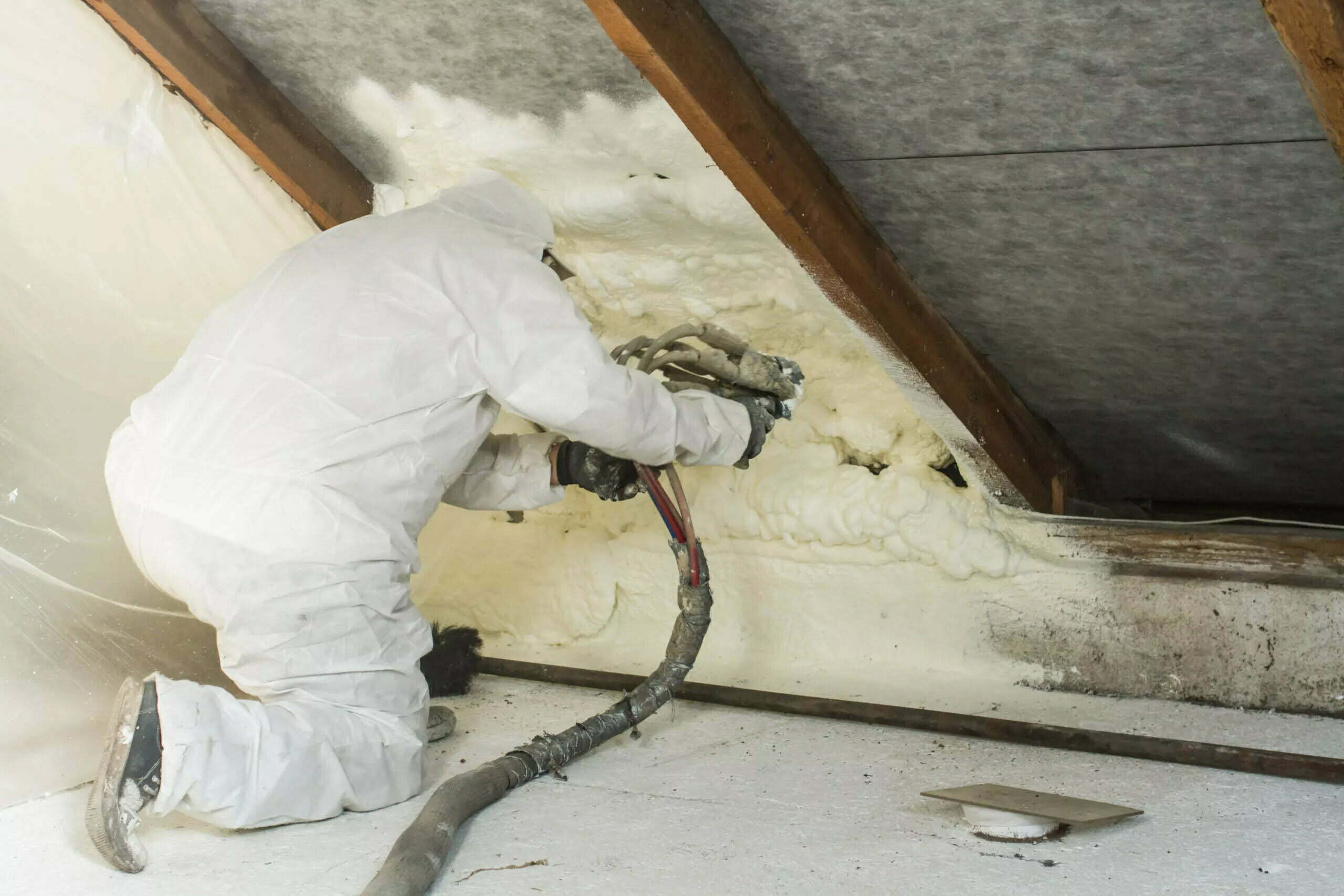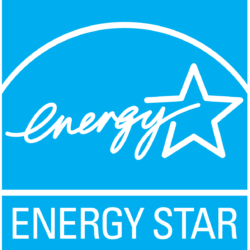With rising utility bills across the country, spray foam insulation gives homeowners a smart way to boost energy efficiency and achieve significant savings. If you’ve been thinking about installing new insulation for your home, consider how energy-efficient spray foam insulation can make a difference.
Understanding the Importance of Energy Efficiency
Energy efficiency is more important than ever. With the surge in energy costs, homeowners are constantly seeking ways to reduce their energy consumption and save on their monthly energy bills. Let’s take a closer look at why energy efficiency matters.
Why Is Energy Efficiency Crucial?
Energy efficiency not only reduces monthly costs but also helps in lowering greenhouse gas emissions. It makes homes more comfortable by maintaining a consistent temperature and improving indoor air quality. Energy-efficient homes also require less energy for heating and cooling, which decreases stress on your HVAC, helping to improve the longevity of your system. Investing in energy efficiency also increases the value of your home and reduces your carbon footprint.
Different Ways to Improve Energy Efficiency
Improving energy efficiency in a home can be achieved through various upgrades and modifications. There are several key strategies to consider:
- Insulation upgrades – Add insulation in walls, attics, basements, and crawlspaces to prevent heat transfer. Use the optimal insulation material and recommended R-value for each application. Proper installation is key. Spray foam insulation is an excellent option for sealing air leaks and insulating difficult-to-reach areas. It expands and seals cracks, gaps, and penetrations that allow air infiltration. Closed-cell spray foam provides a high R-value per inch and adds structural stability. Open-cell spray foam is less dense but still an effective insulator. Consider spraying rim joists, attic hatches, ductwork, old windows, and sill plates. Hire a qualified professional contractor for spray foam installation.
- Sealing air leaks – Use caulk and weatherstripping to seal cracks, gaps, and openings throughout the home to reduce drafts and energy loss. Prioritize high-impact areas like windows, doors, attic hatches, and penetrations through exterior walls.
- Efficient appliances – Replace old appliances like refrigerators, washers, dryers, and water heaters with ENERGY STAR-certified models to reduce electricity usage. Look for the EnergyGuide label.
- Window replacements – Install energy-efficient windows and doors to reduce air infiltration. Look for low U-factor and high Solar Heat Gain Coefficient ratings.
- HVAC optimizations – Upgrade heating and cooling equipment, install smart thermostats, and properly size systems to run at peak efficiency. Schedule maintenance to keep systems operating effectively.
- Water conservation – Install low-flow faucets, showerheads, and toilets to reduce hot water usage. Repair any leaks. Insulate water lines.
- Lighting – Switch to LED light bulbs, which use at least 75% less energy than incandescent bulbs. Use lighting controls like occupancy sensors and timers.
- Renewable energy – Consider solar panels or wind power to offset electricity usage from the grid. Take advantage of rebates and tax credits.
Implementing even a few of these energy efficiency measures can lead to significant savings on utility bills and improved home comfort. A comprehensive approach maximizes energy savings and reduces your environmental impact.
Role of Insulation in Energy Efficiency
Insulation plays a crucial role in improving energy efficiency by reducing air infiltration and preventing heat loss or gain in a home. Different types of insulation have various uses and effectiveness. Spray foam insulation is particularly well-suited for sealing cracks, gaps, and hard-to-reach places, which stops air leakage and dramatically improves overall energy efficiency. Blown-in cellulose or fiberglass in attics also reduces heat transfer through the ceiling. Injection foam insulation can fill wall cavities thoroughly to form an air-sealing insulation barrier. The proper installation of insulation ensures heating and cooling systems don’t have to work as hard in a home, meaning they require significantly less energy to maintain comfortable temperatures. A tightly sealed and well-insulated home can reduce heating and cooling costs by up to 20% annually.
Saving Energy and Cost with Spray Foam Insulation
Spray foam insulation excels at creating an airtight, insulated envelope around your home. This airtight barrier translates to noticeable savings in energy and utility costs.
How Does Spray Foam Insulation Increase Energy Efficiency?
By creating a complete barrier, spray foam prevents loss of energy through air leaks and optimizes the heating and cooling systems of the entire home. It’s estimated that spray foam insulation can save homeowners up to 50% on their heating and cooling bills when installed by experienced professionals.
Energy Savings Between Spray Foam and Traditional Insulation
Compared to traditional insulation methods, spray foam insulation provides a higher R-value or insulation value, leading to more energy savings. Homes with spray foam insulation tend to consume less energy as compared to homes with traditional insulation like fiberglass or cellulose.
The Cost-Effectiveness of Spray Foam Insulation
Though the initial cost of installing spray foam insulation may be higher than traditional insulation methods, the cost savings in energy bills over time typically outweigh the upfront cost, making spray foam a cost-effective insulation method in the long run.
Installing Spray Foam Insulation in Your Home
While DIY installation can seem like a good way to save time and money, the best option is always to hire professionals to install spray foam insulation. This ensures the project is done correctly and safely. Look for contractors experienced with spray foam who can properly evaluate your home before the project begins to target critical areas for insulation.
Get Energy-Efficient Spray Foam Insulation with Cincinnati RetroFoam
Cincinnati RetroFoam provides professional spray foam insulation services that maximize energy efficiency for homeowners. Our experienced technicians thoroughly evaluate your home’s unique needs and climate considerations, then expertly install specially formulated spray foam to optimize air sealing and insulation performance. Cincinnati RetroFoam leverages the latest techniques and materials to provide long-lasting energy savings for every client. For an energy-efficient insulation upgrade done right, trust Cincinnati RetroFoam. Get your quote today.
FAQs
How much can spray foam insulation lower energy bills?
On average, spray foam insulation reduces home energy costs by 30-50% through improved insulation performance and air sealing that together minimize heating and cooling losses.
How long does spray foam insulation last?
When properly installed by professionals, spray foam insulation lasts for over 50 years without degradation or need for replacement. The material is durable and resilient over decades of use.
Is spray foam insulation energy efficient?
Spray foam insulation is considered very energy-efficient for several reasons. It forms an air-tight barrier that prevents drafts and reduces air leaks, helping maintain consistent temperatures inside a building. Additionally, spray foam has very low conductivity, meaning it resists heat flow well, keeping heated or cooled air inside. It can fill cracks and gaps thoroughly, leaving no space for air to enter.


